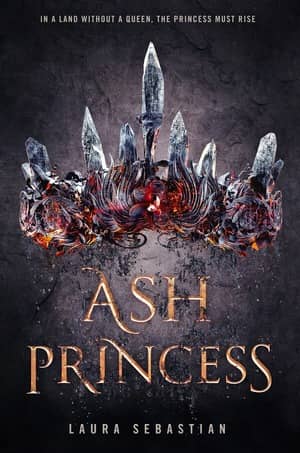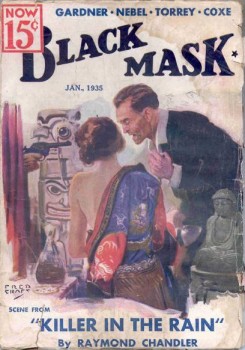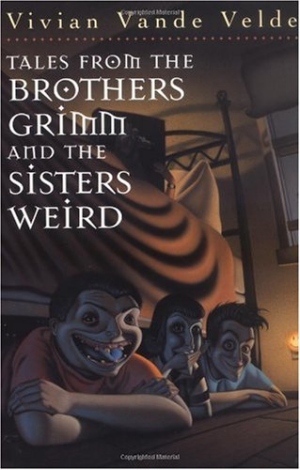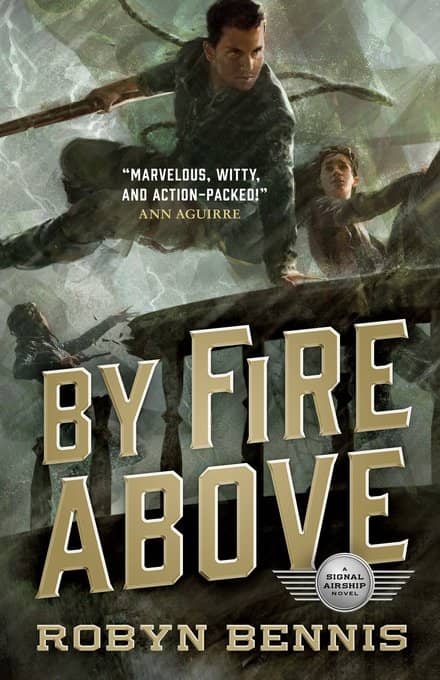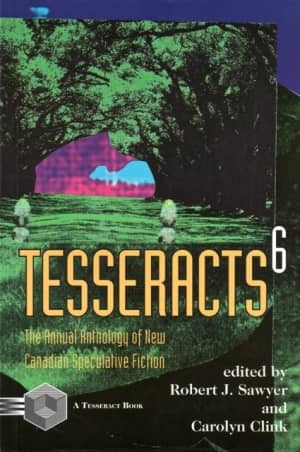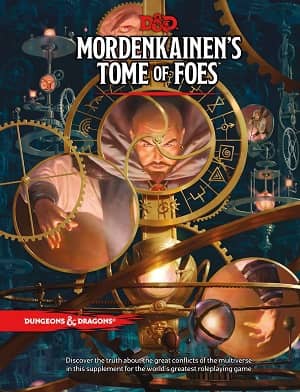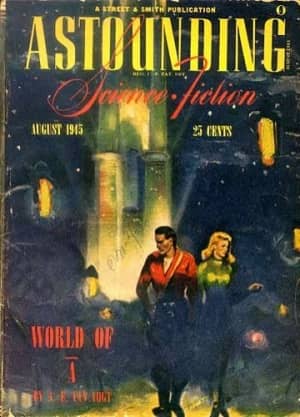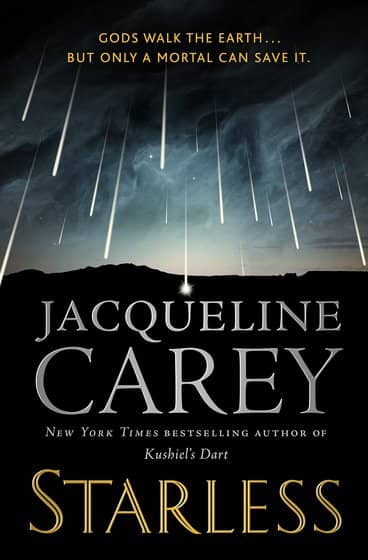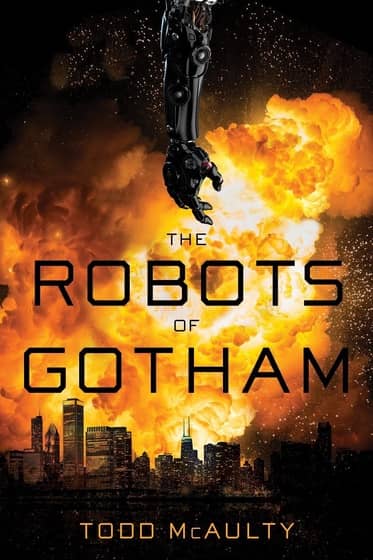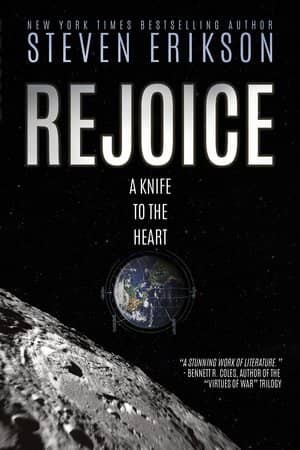Birthday Reviews: Robert Moore Williams’s “Quest on Io”
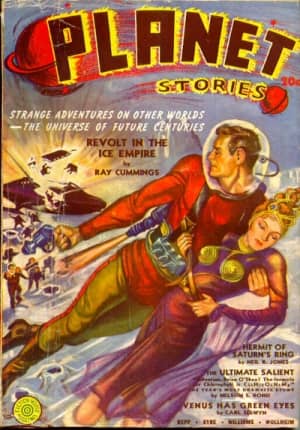
Robert Moore Williams was born on June 19, 1907 and died on May 12, 1977. He published under his own name as well as the pseudonyms Robert Moore, John S. Browning, H.H. Harmon, Russel Storm, and the house name E.K. Jarvis. He may have been best known for his Jongor series.
Moore’s story “Quest on Io” appeared in the Fall 1940 issue of Planet Stories, edited by Malcolm Reiss. The story was never picked up for publication elsewhere, but in 2011, that issue of Planet Stories was reprinted as a trade paperback anthology.
Despite the title of Williams’s “Quest on Io,” there isn’t really a quest. Andy Horn is a navigator who is spending some downtime while his spaceship is being repaired prospecting on Io with his talking Ganymedian honey bear companion, Oscar. The two come under attack from another prospector who believes they are claimjumpers and when Andy confronts the other prospector, he discovers it is a woman, Frieda Dahlem. While the two of them quickly straighten out their differences, it becomes apparent that there are three claimjumpers who are out to kill both of them (plus Oscar) in order to keep their activities secret.
The story is essentially a western, although the action has been moved to Io. It feels written for an audience of young boys who know women exist, but think there are gross, only around to get in the way. Andy’s relationship with Frieda is very basic. Frieda appears to be a competent woman until a man is around, whether Andy, who becomes her hero, or the three claimjumpers, who turn her into a puddle of incompetence. Oscar seems to exist in the story purely for comic relief, although the humor misfires repeatedly.
